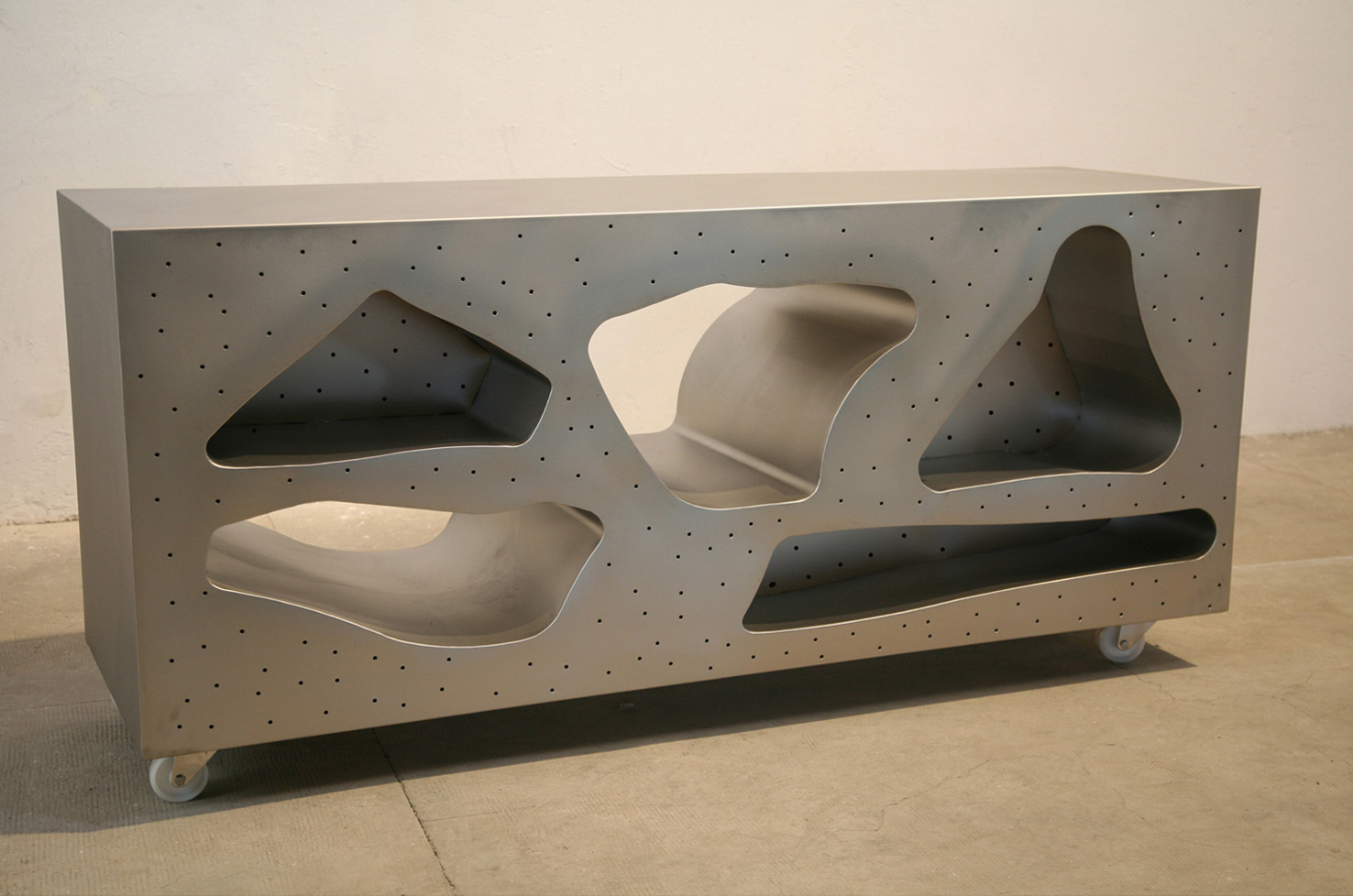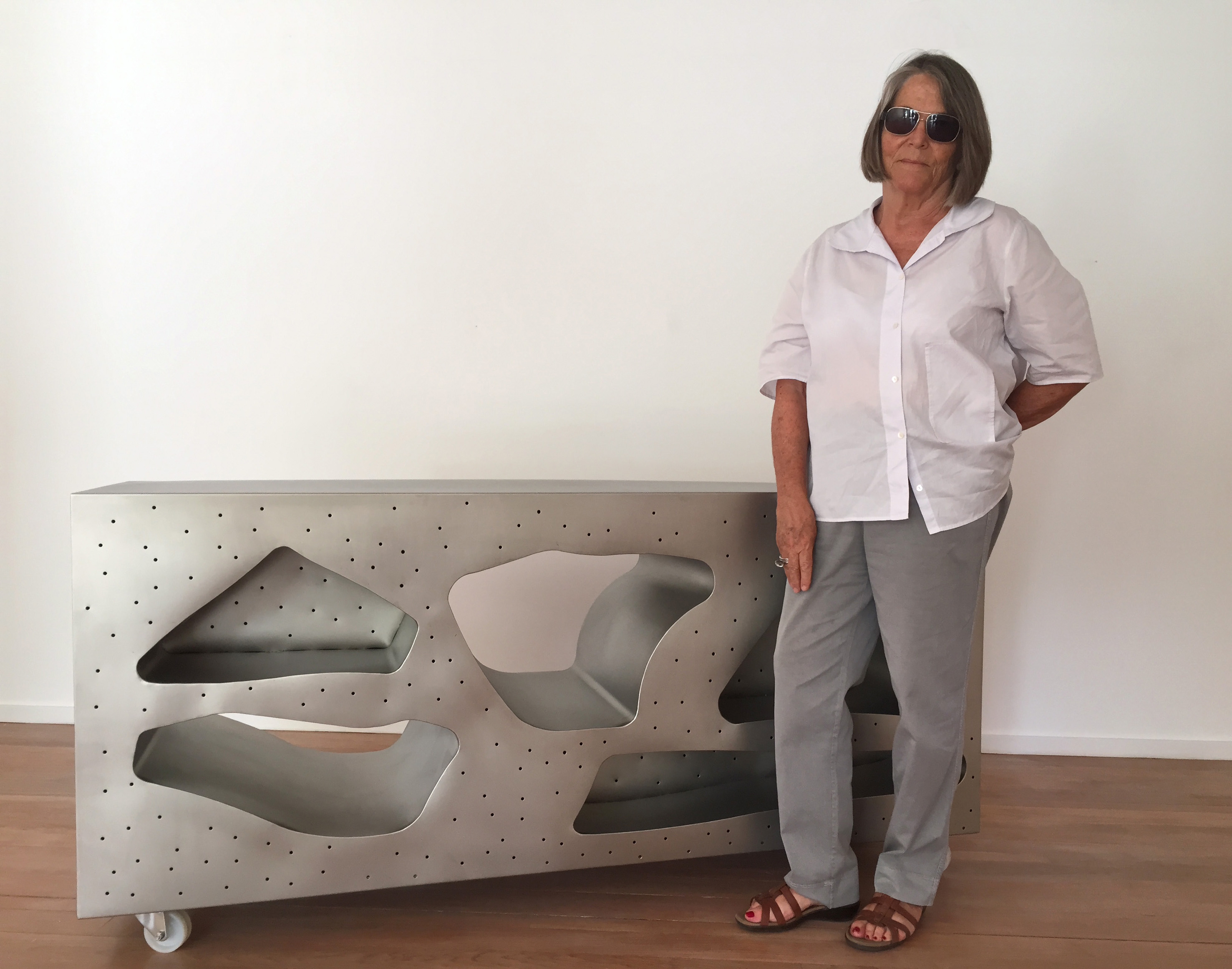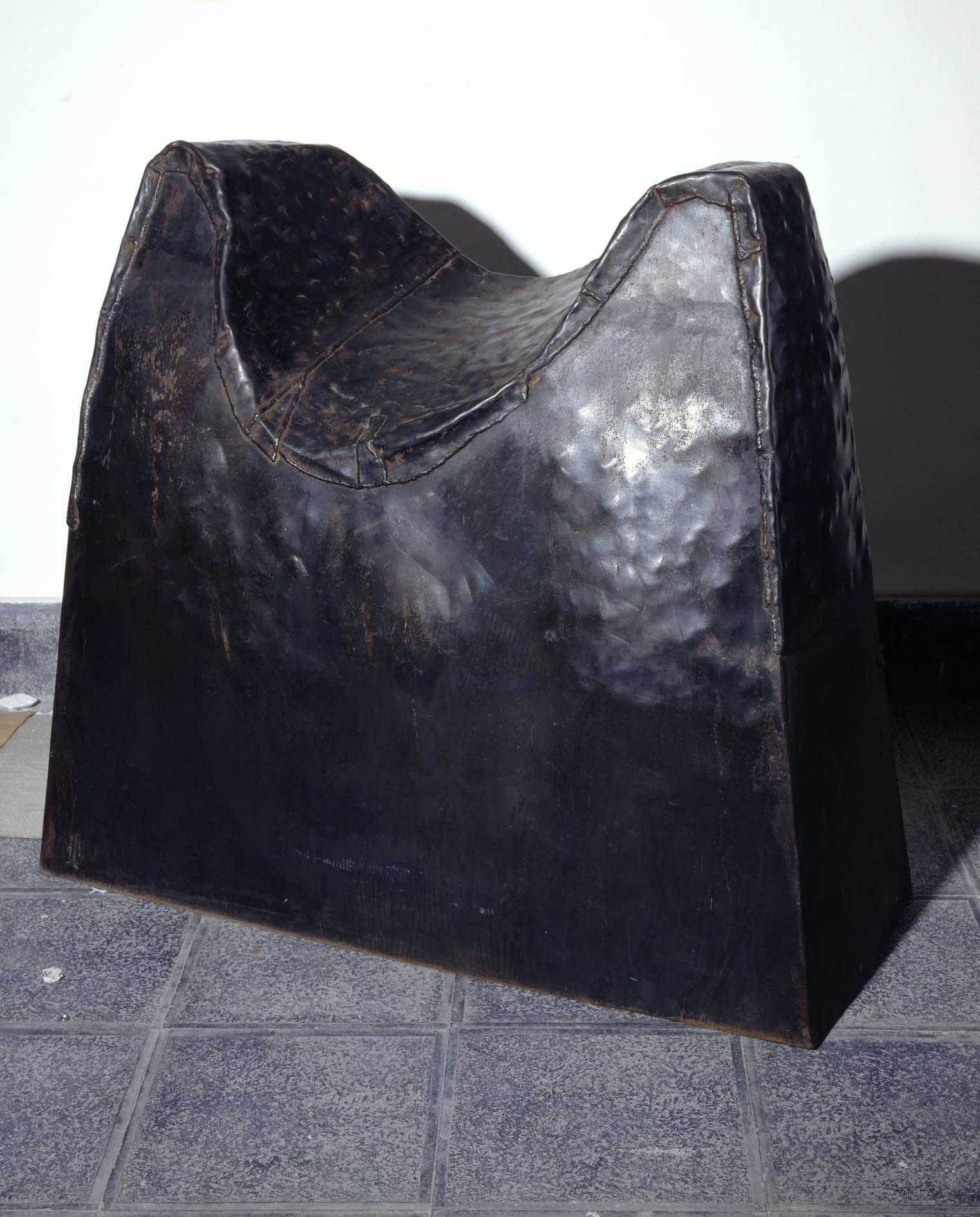“Los muebles guardan nuestros objetos, los atesoran. A pesar del recuerdo de movilidad del que habla su nombre, su presencia comparte la inmovilidad de la casa, del edificio. Los muebles residen en esa misma casa, se afincan en sus espacios interiores y son sus habitantes permanentes, testigos del silencio en nuestra ausencia, vigilantes de nuestra intimidad y del curso cotidiano de la vida cuando estamos presentes. Los muebles son verdaderamente íntimos, saben nuestros secretos, acaso los vigilan, pero también proclaman el estatus social de sus propietarios, explican nuestros gustos y definen vagamente las mil formas en que habitamos el mundo. Hace ya tiempo que los muebles representaban a las familias y a sus linajes, pues antes fueron incluidos en los legados entre generaciones y eran guardados y restaurados. Se mudaban con los propietarios y dejaban una huella de su vacío en las casas abandonadas. Con el tiempo fueron destinados a cumplir simplemente su función y obedecieron, perdiendo sus atributos y ornamentos. Pero han sobrevivido al mismo espíritu lógico que los redujo a su sombra, a su esqueleto, para entrar en el universo del low cost, convirtiéndose en compañeros efímeros de las etapas de la vida, y se han hecho reciclables o absurdos imitadores de otros tiempos, de otras culturas, según sus usuarios a los que siempre siguen. La historia de los muebles es una historia menor que marca el pulso de los grandes acontecimientos. En las casas, los muebles representan los monumentos de la ciudad en miniatura, son memorial y museo, parque y plaza para el reposo, estanques como espejos para contemplar los espacios, almacén y estación de paso entre aposentos. Susana Solano ha hecho esta serie de muebles en cierto modo recordando todos estos significados ancestrales y, al mismo tiempo, negándolos. Algo de esta historia habita en la propuesta que ahora nos llega. Estos muebles rememoran el peso y la solemnidad de las herencias mientras se ajustan a una construcción futurista. A estos nuevos objetos, su creadora los ha llamado huellas, footprints, por su naturaleza de rastro de memoria al mismo tiempo que por las formas que ha recortado sobre sus volúmenes. Un juego que emparenta con toda su trayectoria como artista: juego de sentidos que hace emergente, incluso para ella misma, los resortes inconscientes de memoria y pensamiento. Ha jugado con la funcionalidad mansa y pacífica de estos residentes del espacio, creando en ellos huecos que invitan a imaginar las utilidades más remotas, o que remiten a la imposibilidad de descubrir utilidad alguna. Literalmente ha dicho que ha ido tomando porciones de un volumen y secuestrando un espacio que podrá ser inútil o útil, según quien decida arriesgar a imaginar sus posibilidades, que no son obvias ni aparentes. Les ha dado el ligero elemento de sus ruedas que los muestra dispuestos a trasladarse y a mutar de lugar, pero su volumen absoluto de cuerpo regular, su construcción en acero, los asienta sobre el suelo mientras les obliga a ceder muy poco espacio abierto. Están dotados de las medidas habituales, poniendo sus formas al alcance de la mano, pero obligan a la perplejidad de enfrentarnos a su oferta de espacio. Según sus propias palabras: los ha desvinculado de una acción concreta. La artista que los ha creado mantiene la expectativa de su uso y los imagina como una arquitectura disponible y vacía que espera que alguien complemente la acción que ella ha dejado en suspenso. La reflexión sobre lo vacío y lo hueco, sobre la maleza que crece entre las piedras de un muro buscando albergar su estructura, forma parte del juego que ella ha iniciado, pero que no clausura.
En la obra puramente escultórica de Susana Solano, en los objetos que ha creado y que solo piden contemplación, muy rara vez aparece esta opción que invita a complementar el sentido. Volviendo a la idea del mueble, de su larga historia y tradición, podemos pensar que solo traspasando esta frontera entre obra de arte y artefacto con opciones útiles, hemos llegado a un nuevo ser, más próximo a lo cotidiano, a los días a lo largo de los cuales se transforma la vida, mejor asentado en la esfera de la intimidad. Un ser extraño que completa una obra y dialoga con los puros artefactos de su larga e intensa trayectoria de creación artística.
Susana Solano (Barcelona, 1946) estudió en la Facultad de Bellas Artes de Barcelona, donde impartió clases.
Ha participado en certámenes internacionales como Documenta de Kasel VIII y IX (1987 y 1992), XIX Bienal de Sao Paulo (1987), Skulptur Projekte en Münster (1987), Bienal de Venecia (1988 y 1993) y Carnegie Internacional de Pittsburg (1988).
Fue galardonada con el Special Prize, otorgado por The Utsukushi-Ga-Hara Open Air Museum, en Tokio (1985), y con el Premio Nacional de las Artes Plásticas del Ministerio de Cultura de España (1988). En 1996 recibió el Premio CEOE a las Artes y, en el 2011, el Premio Tomás Francisco Prieto de la Real Casa de la Moneda.
Su obra esta presente en Museos y Colecciones importantes: MNCARS, MACBA, IVAM, MOMA NY, Sintra Museum, Banco de España, Fundación Juan March, Guggenheim Bilbao entre otros.
ENG: Furniture holds our objects, it hoards them. As the phrase “to be part of the furniture” suggests, it is associated with being an immobile part of the house, or of the building. Furniture resides in the same home, it sets down roots in inner spaces. It becomes a permanent inhabitant, a witness to the silence of our absence, a guardian watching our intimacy, and our day to day lives when we are present. Furniture is truly intimate, it knows our secrets, perhaps watches over them, but it also proclaims the social status of its owners, explains our tastes, and vaguely defines the many ways in which we inhabit the world. It has now been a long time since furniture represented families and their lineage, as it did in the past when it was included in bequests between generations, kept and restored. Furniture moved along with its owners and left a trace of its absence in the houses that were left behind. Over time, it has been left to simply fulfil its purpose, and by obeying, it has lost its features and adornments. However, it has survived the spirit of logic that reduced it to a shadow of its former self, to a skeletal body. It has entered into the low-cost universe. It has become an ephemeral companion during different stages of life, something recyclable or an absurd imitator of earlier periods, or of other cultures, depending on the users that it always follows. The history of furniture is a minor story that takes the pulse of major events. In homes, pieces of furniture represent miniature city monuments, they are memorials and museums, parks and plazas for rest, pools that are like mirrors used to contemplate spaces, warehouses, and stopover stations between lodgings.
Susano Solano has made this collection of furniture with an awareness of all of the ancestral meaning, while also disowning it. The new collections contains some of the prior history. This furniture recalls the weight and solemnity of its heritage while adapting to a futurist build. The creator of the new objects has called them footprints, due to the way they leave a trail of memories, as well as the shapes that she has cut out on the pieces. This is a game that is related to her entire career as an artist: a game of meanings that causes unconscious memories and thoughts to emerge, even for the artist herself. She has played with the tame and pacific functionality of these residents of space, creating holes in them that invite people to imagine the most remote uses, or which refer to the impossibility of discovering any type of use. She has said that she literally went about taking portions of a space, and hi-jacking a space that could be useless or useful depending on whether someone would decide to risk imagining the possibilities, that are neither obvious nor apparent. She had added the light-hearted element of wheels that look like they could be used to move the furniture and to a different place. However, the overall bulkiness owing to the steel used to build the furniture, means that it will move very little. The pieces have normal measurements, meaning that their shapes are within reach, however they force us into the puzzlement of confronting ourselves with how they use space. In the creator’s own words: she has dissociated them from a specific action. The artist who created them still has the expectation that they will be used and imagines them as architecture that is available and empty, waiting for someone to offer a corresponding action that she has left unclear. This reflection about emptiness and hollows, about weeds that grow among stones in a wall as they seek to house their edifice, is a part of the game that the artist has begun but does not finish.
In in the purely sculptural work of Susana Solano, in the objects created by her that ask to be looked at, it is very rarely possible to imagine the corresponding meaning. Getting back to the idea of furniture, its long history and tradition, we may think that only by crossing that boarder between a work of art and an object with possible uses, have we obtained a new being. Namely, a way of being that is closer to daily existence, to days throughout which life is transformed, and is more deeply-rooted in the sphere of intimacy. A strange being that completes a work and dialogues with the pure objects of its long and intense career of artistic creation.
Text from Marta Llorente
Galeria Maior
Plaça Major, 4-1º – 07460 Pollença. Mallorca. | http://www.galeriamaior.es



